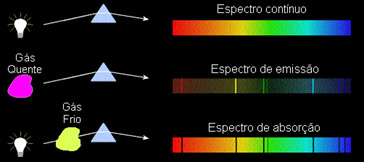O kitchen gas has undergone several price changes recently. Everything indicates that the changes should continue, and Sindigás, which is the women's union LPG distributors, reported that consumers are likely to see an increase of at least 4% in price.
This is because the National Council for Treasury Policy (Confaz) published a decision in the Diário da União that ensures the single rate of Tax on Circulation of Goods and Services (ICMS) for diesel, biodiesel and cooking gas (GLP) in the year from 2023.
see more
'Barbie' movie predicted to boost Mattel profits…
Japanese company imposes time restriction and reaps benefits
This new measure will take effect from April 1, 2023, and may generate an increase of 40% on average. After this decision, a calculation was made to establish the collection of the single rate of 1.2571 reais per kilogram of product, which is the highest ever registered.
At the moment, the average value of LPG is 0.9373 reais per kilo, using the highest value in Brazil as a reference, which is the base rate in Acre.
However, it is important to clarify that this percentage increase should not be passed on to the final consumer, and for them the readjustment should be 4% initially. The union expressed some considerations through a note.
“We sincerely hope that there is still room for the states, even maintaining the monophasia and charging the taxes on future LPG values, review this unreasonable increase. “(…) “In a preliminary calculation, we see that in some states the gas cylinder will suffer an ICMS increase of more than R$ 7.50 per unit”, says the text.
Currently, charges are different in each state, passing the tribute through several stages. With this new measure, however, the tax will already be included at the source, and not at the stage of marketing the product.
Of the increases, the only states that were below 10% were Acre and Amazonas, with 2.5% and 7.1%, respectively. The most significant increase was in the state of Rio de Janeiro, with a value 85% higher.
Finally, the Council also decided on the single rate of Diesel. For the next year, this tariff will be between 10% and 11% higher than the current one, which can mean an average of 5% increase for end consumers, with variation based on states in question.
Lover of movies and series and everything that involves cinema. An active curious on the networks, always connected to information about the web.

